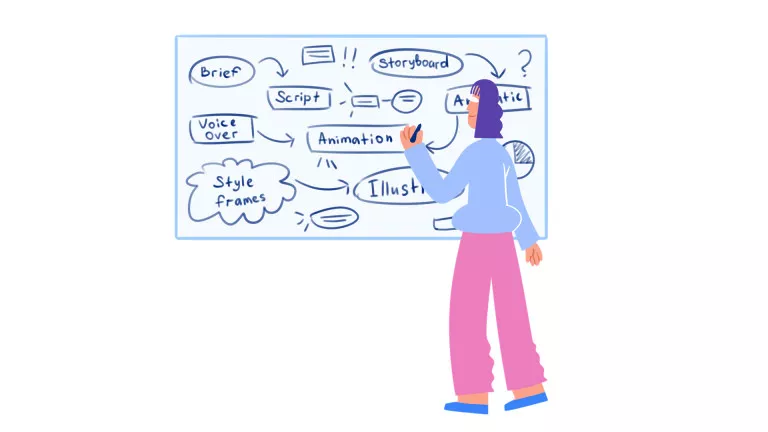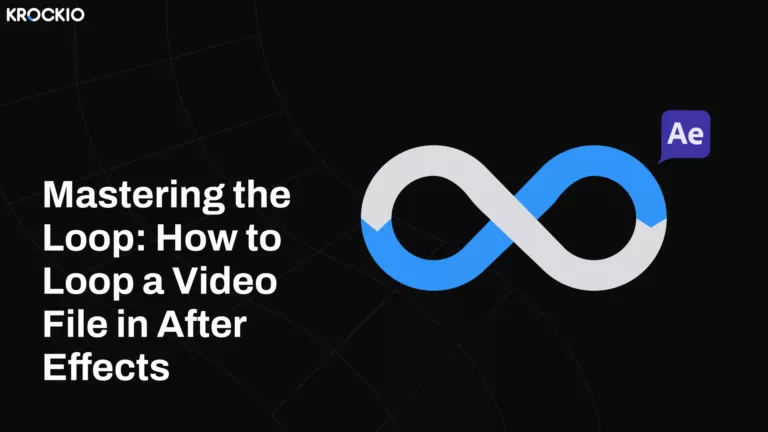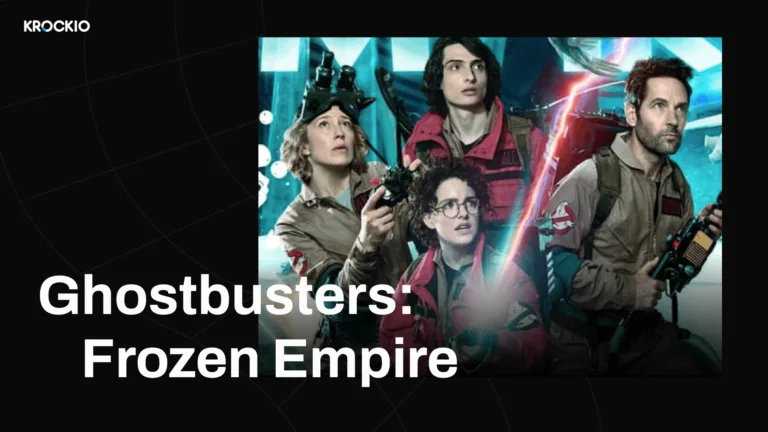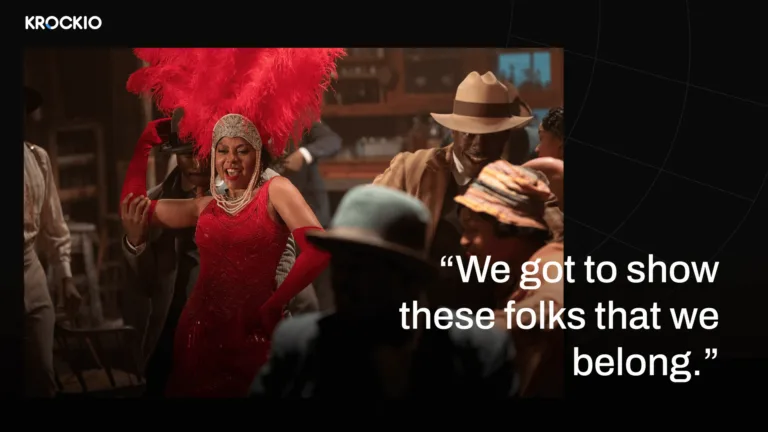Animation is perceived as a creative field filled with a ton of fun. However, just like any other business, meeting deadlines, service quality, and timely reports are crucial.
Any growing creative agency or studio faces the need of optimizing its workflow at some point. The question is choosing the right tools and incorporating the right system for it.
Animation studio software, project management tools, and feedback management apps might be those turning stones on the path to taking creative workflow to the next level. In this post, we will analyze the key elements of creating a smooth animation production process.
We talked with David Jiménez Álvarez, animation production manager at In Efecto, about the organization of animation projects and common mistakes to avoid.
What are the Steps of the Animation Production?
Every animation agency has its own process of completion, but typically there are about seven steps in animation production.
- Brainstorming
- Storyboarding
- Design
- Rough draft of Animation
- Full Animation Production Phase
- Feedback Sessions
- Render and Final Product
Now let’s see what are the step of 3D animation production, according to David:
BIDDING
- Script Breakdown > Assets Listing > Global Duration Estimates > Initial Schedule projection. Cost Estimation > Budget Definition
DEVELOPMENT
- Assets: Concept Art. Look Development
- Story: Story Beats Visualization > Color Script
- Pipeline: Workflow design > Pipeline Setup > Tools Development
- Production: Schedule Adjustment
PRE-PRODUCTION
- Assets: Modeling > Texturing > Rigging > Shading
- Story: Storyboard > Scratch Voice recording > Scratch Sound FX > Animatic
- Production: Schedule adjustment
PRODUCTION
- PreViz/ Layout > Animation > FX > Lighting > Render > Compositing
- Voice recording > Sound design > Sound Scoring > Sound Mix
- Production: Schedule Tracking
POST-PRODUCTION
- Quality Control > Final Mix > Color Grading > Mastering
Animation Production Steps for Different Content

The bones of the production process stay roughly the same no matter what animation you’re producing. For instance, feedback sessions and brainstorming stay constant independently of the final media.
However, certain stages may have additional sub-steps depending on the project you’re working on. David says that “the stages themselves may stay roughly the same, but their complexity, duration, and output might differ depending on the style of the product and the desired level of realism.”
For instance, traditional animation requires an artist to draw every frame by hand, initially. At the same time, in 3D animation, drawing by hand is unnecessary, but movement blocking on the computer is more complex.
Still, no matter what style of animation your team is working on, creative project management software can definitely help bring your project to life.
The Structure of an Animation Production Team
A wholesome team is a key to the faster, smoother completion of any project. Each team member should be an element to complete a puzzle. Everyone has to do their job to the best of their ability for the final product to come together seamlessly.
Many animation studios opt for the horizontal team structure, especially those in a fully remote operation. However, even in a horizontal structure, some people have more creative power than others.
For instance, a director is going to be more creatively in control of the end product than a runner would be. There have to be leaders and followers with every creative project. Still, this doesn’t make the directors dictators. Everyone should be heard and feel free to voice their opinions.
Whether you have a hierarchical or horizontal structure largely depends on your company.
Animation Series usually use a hierarchical structure built on department units. A Production Manager in charge of a few production coordinators or production assistants works side by side with a supervisor in charge of a lead or a few leads depending on the size of the teams. All under the watch and leadership of a Production Supervisor, Line Producer or Producer.
Management Tools for Animation Production

Project management tools have become essential to creative agencies and studios of all sizes. They help get the job done on time and speed up every stage of the process.
Autodesk Shotgrid. Integrating Asset Management with Production review and tracking tools, allows us to have both artistic and technical teams working with management teams on a shared database. – David about the software their studio uses
One of the useful tools for animation production is Gantt charts. They lay out what each team member needs to do and by what time. This creates a smooth workflow for each creative and guarantees that deadlines are set and met without confusion. Thus, it is one of the features to look for when choosing the project management software for your studio.
together with Krock.io!
Another functionality to consider is the ability to layout a production plan using ready-made project templates. These templates can be used to assign work and specific steps to different employees. This guarantees that the job is done correctly, work is spread evenly, and the product is finished on time.
The Importance of a Comprehensive Feedback System
Media review software is another tool that comes in handy during the production process. Since animation teams work online and often remotely, revisions between employees become an essential step.
And visual feedback makes the review process easier, eliminating the need for endless vague email threads. Preferably, the tool in question should have features to mark up certain spots on the exact frame that they need to change.

One should also easily send notes to a fellow teammate, and filter comments by author or a specific file. For In Efecto, “RV player is our main media review software. Integrated with the project database on Shotgrid.”
Client Feedback Management
You want o make sure your work aligns with the client’s vision and that the end goal is what they expected from you. Where the agency decides to include the client in the review process differs from one company to another.
Some like to involve the client early in the process, like during the rough draft or pre-production. Others prefer to let the client check-in after the project’s first draft is complete.
One can argue that involving clients throughout the whole production process might spare you time, you would otherwise spend on making the edits. No matter what your agency deems, you can do so through the review software.
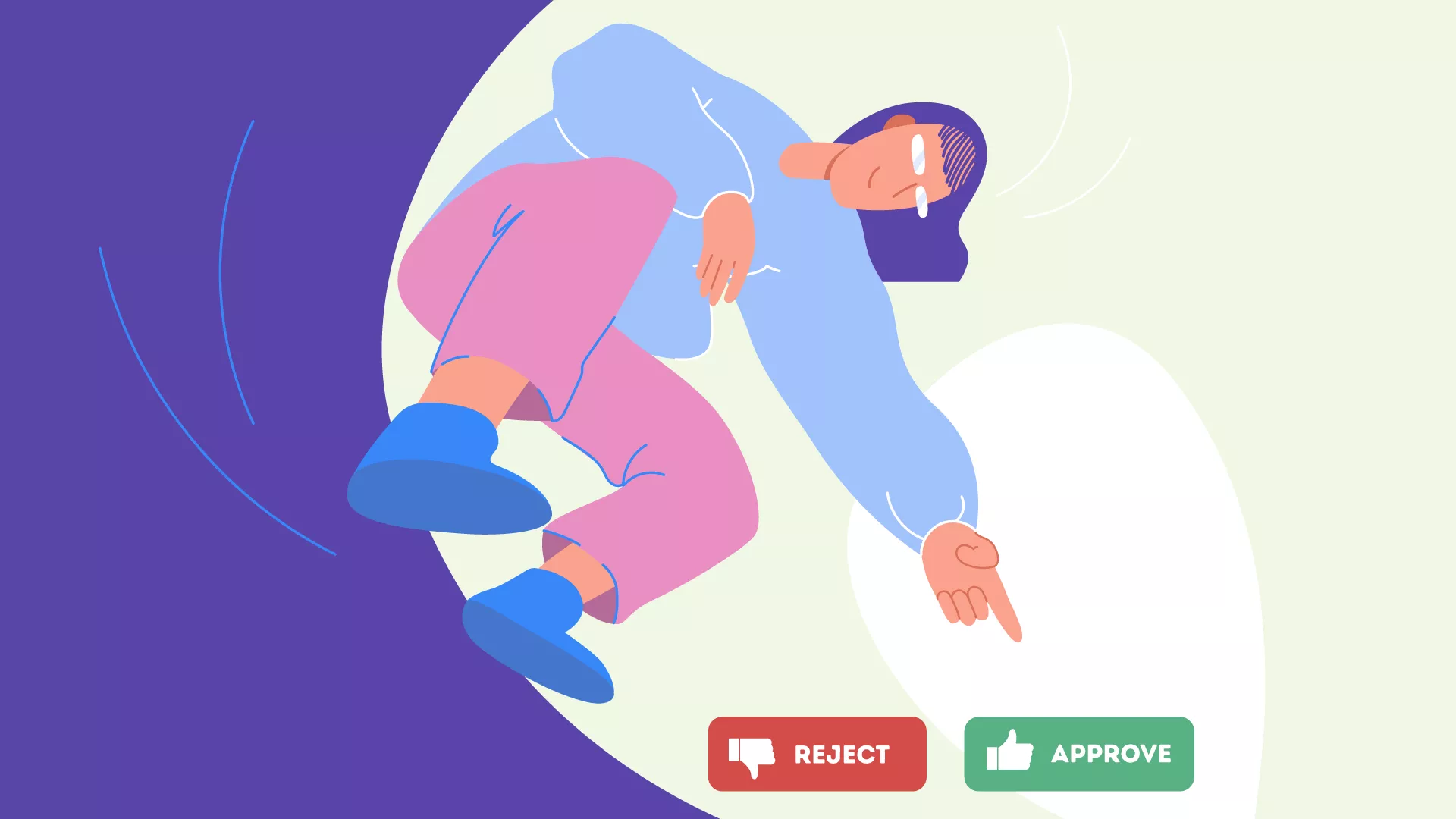
When considering the right tool, keep in mind the user-friendliness of the interface. Your clients won’t want to waste time learning their way around the complicated software. The perfect scenario is when you can send the project for clients review just like you would do within your team
And if all the feedback, both your client’s and team’s, is held in the same space, – even better. Clients should be able to comment on your work using visual notes and quick responses, without any hustle. At the same time, you would want to be able to opt which files, comments, versions, and edits are visible to your client, or team only.
Common Mistakes in Animation Production Management

Mistakes can always happen. And that ultimately may lead to late delivery of the project. There’s no need to fret over this, but if it happens too often, it might be time to re-think your production management style.
The most common mistakes come from cascade-like uni-directional planning’s, where at the appearance of a blocking issue a domino effect impacts the subsequent production stages. And to reduce the risk of delay, flexible workflows must be designed with a modular grid for stages to run in parallel split on multiple units, allowing a back-and-forth communication at any time of the production. – David
One other large contributor to late products is the limbo of emails. With the active revision process, messages can easily get lost. Some end up in junk mail or get lost in a stream of other random notes and comments. That’s why it is so important to have a clear revision system in place for the team, and, especially, for the client.
How to Accelerate the Animation Production Pace
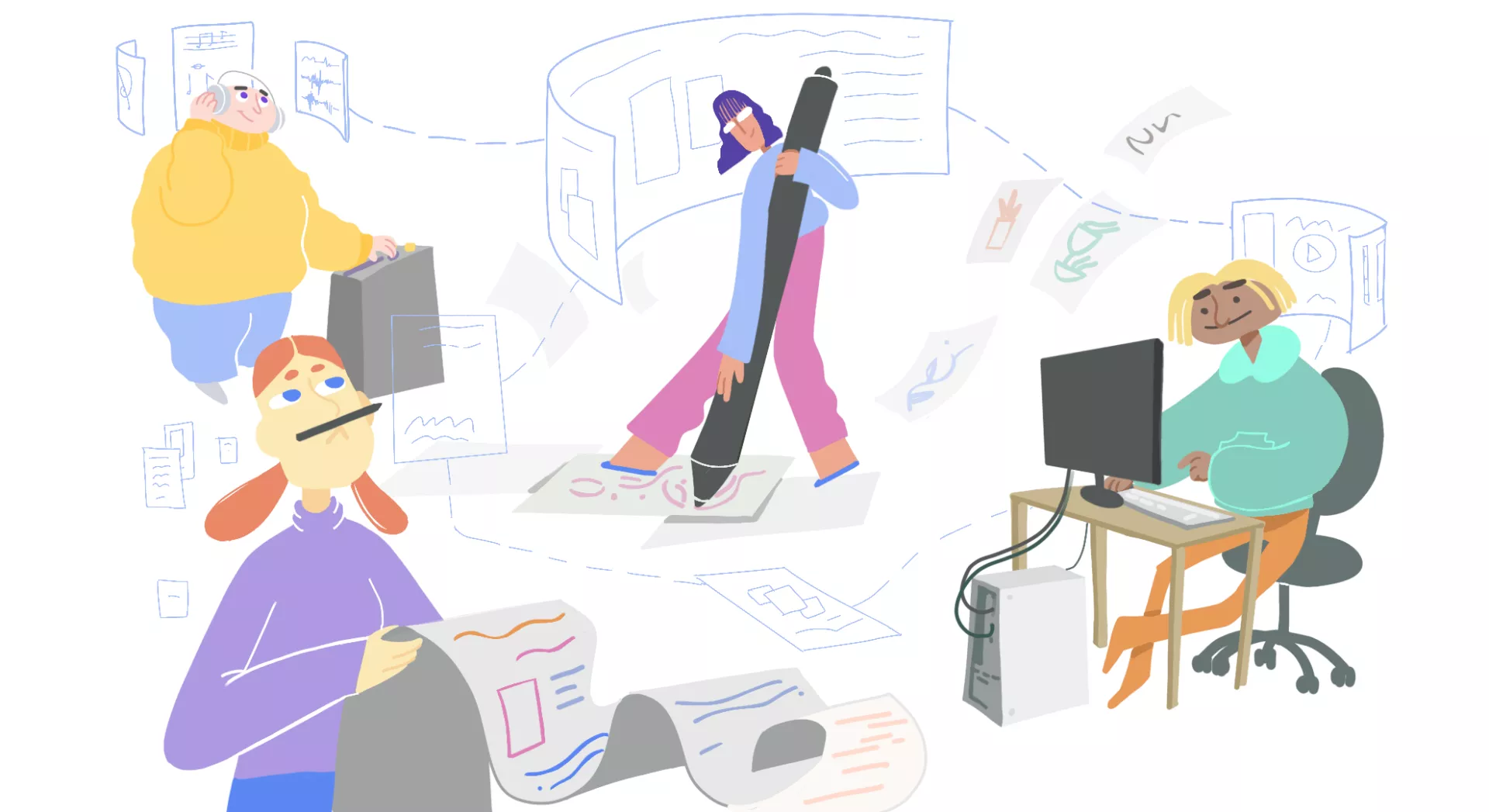
David explains that for their studio, to smooth the production workflow and accelerate the stages the main points to take into consideration are:
- Start a project with a very clear understanding of its scope, limitations, and resource allocation from the bidding and development stages
- Adjust the workflow to the planning and budget before and during the pre-production and production stages
- Designing autonomous units able to make creative and production decisions without having bottle-neck points centered on creative heads to decide
- Optimizing the communication channels between departments, reducing the number of unnecessary interlocutors to a message to make it reach its destination with the very minimum of resources spent
Establishing a clear approval and communication process with the creatives and clients to avoid misunderstandings and do-overs.

Management software can help you smooth out production and get your team on a pace that helps deliver products seamlessly.
Tools like Krock help your team stay better connected for success at every stage of the animation process. No matter if you need to create a storyboard, make a note for review, or assign tasks, Krock makes the complicated steps easier to help smooth out your workflow and get your team on a pace that accelerates production and leads to an ideal end goal.
You can always try Krock for free, or book a quick demo call with our team, and get familiar with all the features right away.
FAQs
1. What are the animation production steps?
Typically, the steps in animation production are:
- Brainstorming
- Storyboarding
- Design
- Rough draft of Animation
- Full Animation Production Phase
- Feedback Sessions
- Render and Final Product
2. What are the steps of 3D animation production?
In 3D animation, there are 5 main stages. And each stage contains individual steps:
BIDDING
- Script Breakdown > Assets Listing > Global Duration Estimates > Initial Schedule projection. Cost Estimation > Budget Definition
DEVELOPMENT
- Assets: Concept Art. Look Development
- Story: Story Beats Visualization > Color Script
- Pipeline: Workflow design > Pipeline Setup > Tools Development
- Production: Schedule Adjustment
PRE-PRODUCTION
- Assets: Modeling > Texturing > Rigging > Shading
- Story: Storyboard > Scratch Voice recording > Scratch Sound FX > Animatic
- Production: Schedule adjustment
PRODUCTION
- PreViz/ Layout > Animation > FX > Lighting > Render > Compositing
- Voice recording > Sound design > Sound Scoring > Sound Mix
- Production: Schedule Tracking
POST-PRODUCTION
- Quality Control > Final Mix > Color Grading > Mastering
3. What are the common mistakes in the animation production pipeline?
One other large contributor to late animation delivery is the limbo of emails. And with the active revision process, messages can easily get lost. And that has a domino effect on all the production steps.
That’s why it is so important to have a clear revision system in place for the team, and, especially, for the client.
4. How to accelerate the animation production process?
- Set a clear project scope, limitations, and resource allocation
- Adjust the workflow to the schedule and budget before or during the pre-production
- Design autonomous units that able to make creative and production decisions
- Optimize communication channels between departments
- Establish clear approval and communication process with clients to avoid misunderstandings and do-overs.


